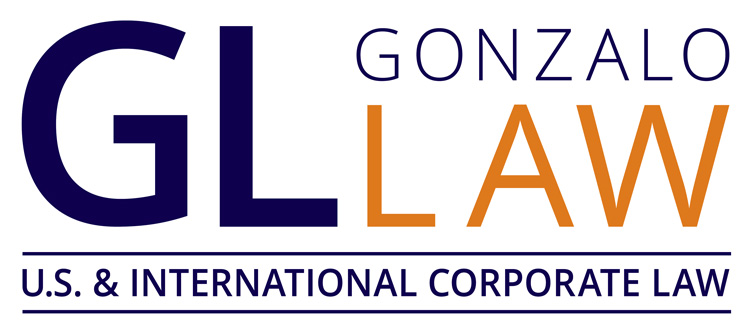
International asset recovery for stolen property is the locating and recovering of missing or stolen property, art, funds, and other items of value. People tend to seek the help of the government and attorneys to assist them in the recovery of their missing stolen assets. This article gives a general overview of what international asset recovery is, the process of recovering stolen assets and the legal key considerations the person trying to recover their stolen assets must know. When it comes to international asset recovery, hiring an international corporate attorney is vital to obtain the legal information and fully understanding the process of international asset recovery. There are numerous international, foreign and domestic laws, governments and expenses one needs to be aware of when considering moving forward with an international asset recovery case.
What is International Asset Recovery?
International asset recovery is any effort by governments, foreign or domestic, to repatriate the proceeds of corruption hidden in foreign jurisdictions. These assets may include monies in bank accounts, real estate, vehicles, arts and artifacts, and precious metals. When attempting an international asset recovery, one must understand the process and take into account key considerations.
Process for Recovery of Stolen Assets
Recovering stolen international assets is a long process that requires a great deal of cooperation from all jurisdictions involved. The process begins by collecting intelligence, evidence, and asset tracing domestically and in foreign jurisdictions using a mutual legal assistance (MLA) request. During the investigation process, proceeds and instrumentalities subject to confiscation must be secured to avoid dissipation, movement, or destruction. International cooperation is essential for the successful recovery of assets that have been transferred to or hidden in foreign jurisdictions. After the assets have been recovered, court proceedings involving criminal or civil actions may be involved. When a court has ordered the restrain, seizure, or confiscation of assets, steps must be taken to enforce the order. The order may be enforced by the authorities of the foreign jurisdiction where the assets were located and by domestic order. Lastly, the return of the assets.
Key Considerations
Initially, one must consider the legal avenues available for achieving asset recovery. The availability of these avenues, either domestically or in a foreign jurisdiction will depend on the laws and regulations in the jurisdictions involved in the investigation, as well as international or bilateral conventions and treaties. Additionally, there are legal, practical, and operational realties that will influence the avenue selected. Fully understanding the laws involved and the relationship of the jurisdictions involved will be instrumental in picking a legal avenue. Particular laws, treaties, and relationships may dictate whether or not to move forward with a recovery.
Moreover, establishing contact with foreign counterparts and assessing ability to obtain international cooperation is important. Establishing a liaison with foreign practitioners early in the case can help assess potential difficulties, build a strategy, obtain preliminary information and informal assistance, confirm requirements for MLA requests and create goodwill in the international cooperation process. Differences in legal traditions and among confiscation systems create challenges and frustrations in cooperating with foreign jurisdictions. Reasons for refusal, including essential interests, nature of penalty, ongoing proceedings in the requested jurisdiction, lack of due process in the requesting jurisdiction, and specific crimes become important. The legal obstacles pose a tremendous hurdle when the jurisdictions involved operate differently. You must consider the differences in standards of proof, evidentiary requirements, legislative provisions for asset return, statute of limitations, immunities enjoyed by officials and identifying all liable parties. Additionally, even with international cooperation from foreign authorities there must be an awareness of any potential corruption.
Lastly, you must take into consideration whether you can afford the potential litigation that may arise from an international asset recovery. A growing trend of using litigation funders has begun when claimants cannot afford litigation. Litigation funding involves a specialist funder financing some or all of a claimant’s legal fees incurred in a dispute, in exchange for a share of the damages. However, there are numerous considerations a claimant must make when deciding to work with a litigation funder. The potential funding arrangements offered for the type of claim brought must be explored. A confidentiality agreement should be signed at the outset of discussions or before confidential information is provided to the funder. Also, consider liability for adverse costs and security costs that the funder is willing to accept. The calculation of the funder’s fee can be complex, and it can be helpful to include a showing of financial outcomes for a variety of scenarios. Then who will calculate and distribute the proceeds in order of priority. Furthermore, one must discuss what happens if the recovery is unsuccessful or if there needs to be a termination of the agreement between claimant and funder. Ultimately, entering into an extensive and specific litigation funder agreement that establishes payouts, lawyer fees, termination, confidentiality and a variety of other clauses must be discussed.
Sources:
1. Third party funding for international arbitration claims: key issues, Practical Law UK Checklist 3-521-2972.
2. Brun, J., Gray, L., Scott, C., & Stephenson, K. M. (2011). Asset Recovery Handbook: A Guide for Practitioners [PDF]. Washington DC: The International Bank for Reconstruction and Development / The World Bank.






